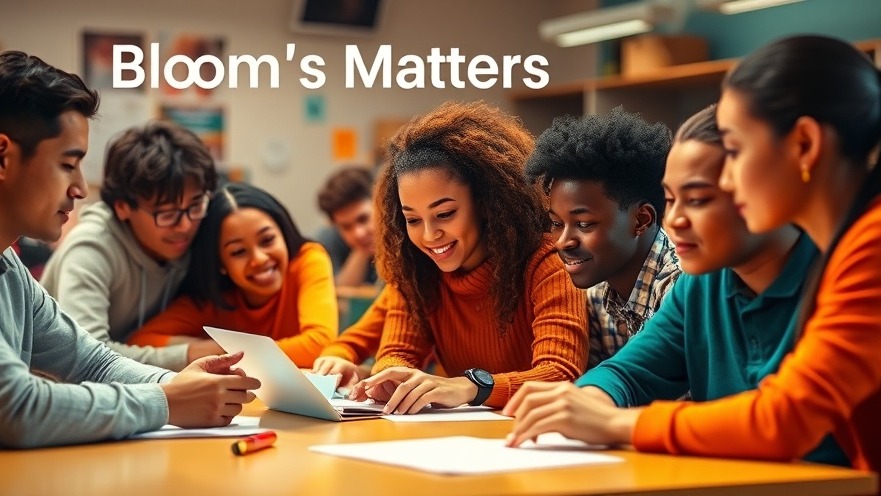
Understanding the Importance of Scaffolding in Education
Effective instruction is the cornerstone of student achievement, and in today's diverse classrooms, implementing strategies that cater to every learner is essential. One such method is scaffolding, particularly in Tier 1 instruction. Scaffolding refers to the temporary support provided to students to assist them in mastering concepts before gradually removing that assistance. This approach ensures that all students have equitable access to learning opportunities while simultaneously fostering independence and confidence in their abilities.
Key Strategies for Scaffolding Success
Several strategies can enhance teaching practices by incorporating scaffolding techniques. Here are some vital methods that every educator should consider:
1. Activating Prior Knowledge
Launching lessons from what students already know not only fosters engagement but also builds connections between new and existing knowledge. This method encourages students to relate lessons to their experiences, making learning more meaningful.
2. Pre-Teaching Vocabulary
Before diving into challenging texts, pre-teaching key vocabulary ensures that students aren't hindered by unfamiliar terms. Introducing words in context or through visual aids can empower students to comprehend and engage more actively with the material.
3. Visual Aids & Graphic Organizers
Tools like graphic organizers serve as essential scaffolding devices. They help students visually structure their thoughts and organize information, enabling deeper understanding and retention. When students can see and manipulate ideas visually, their ability to engage with complex content improves significantly.
4. Model and Demonstrate Tasks
One of the most effective scaffolding strategies is showing students exactly what they need to do. Whether it’s through think-alouds during problem-solving or physical demonstrations, modeling provides clear expectations and helps students envision their end goal.
5. Encourage Student Discourse
Incorporating structured opportunities for peer-to-peer discussion, such as think-pair-share activities, can greatly enhance comprehension. Discussing ideas with peers allows students to articulate their understanding, clarify misconceptions, and learn collaboratively.
The Broader Impact of Scaffolding in Education
Ultimately, effective scaffolding in Tier 1 instruction aligns with the principles of Multi-Tiered System of Supports (MTSS). By ensuring that learning supports are woven into everyday instruction, educators can foster environments conducive to success for all students, regardless of their initial skill levels.
Future Directions for Educators
As classroom dynamics evolve and become increasingly diverse, educators must remain adaptable in their teaching strategies. Scaffolding not only meets present needs but prepares students for future challenges. By focusing on gradual mastery of content, we equip learners with the tools necessary for lifelong success.
Join the Conversation
Educators, parents, and school administrators alike can play a pivotal role in embracing and implementing effective scaffolding strategies. Let’s work together to maximize Tier 1 instruction and foster a thriving learning community for every student!
 Add Row
Add Row  Add
Add 




 Add Row
Add Row  Add
Add 

Write A Comment